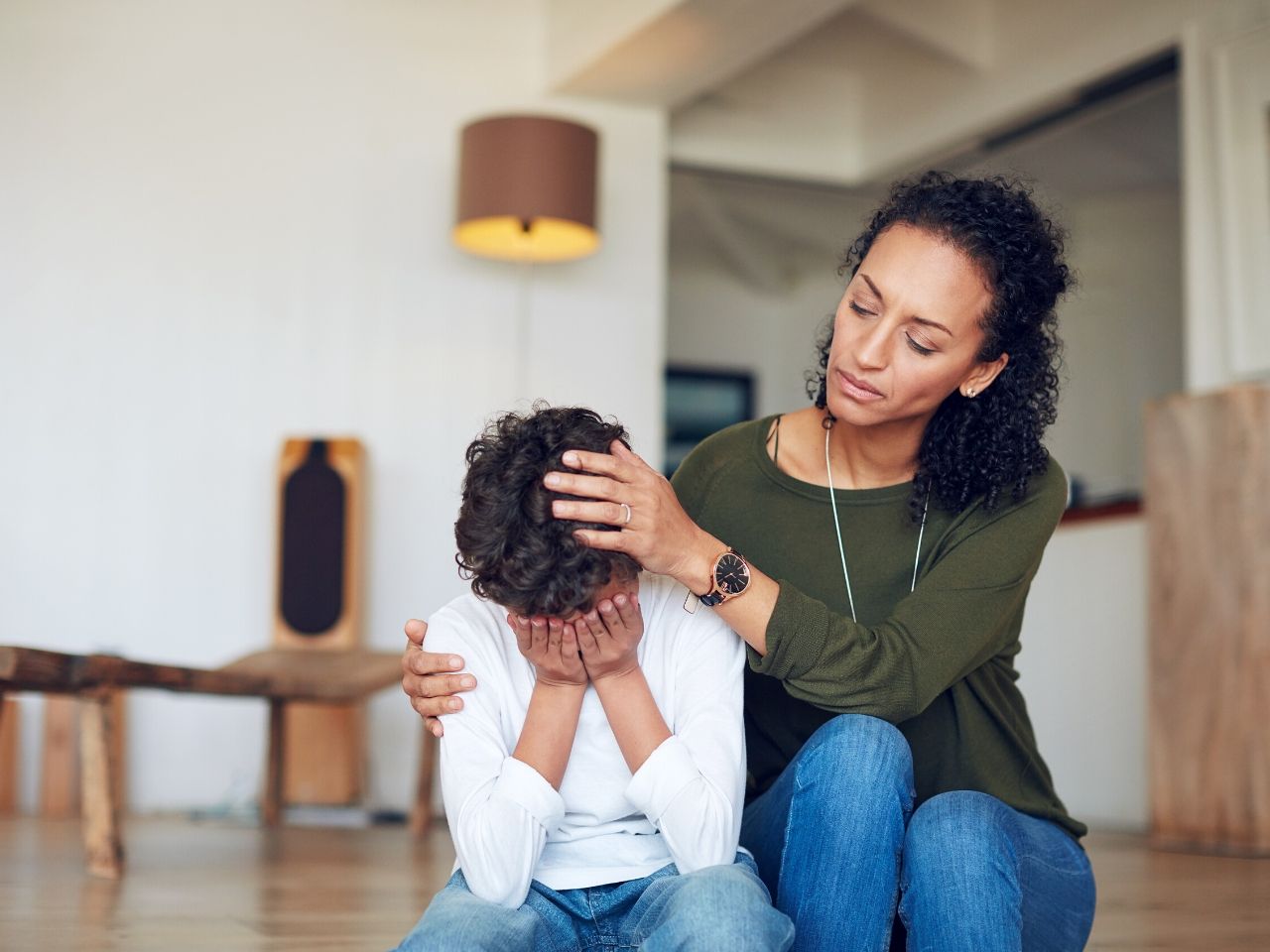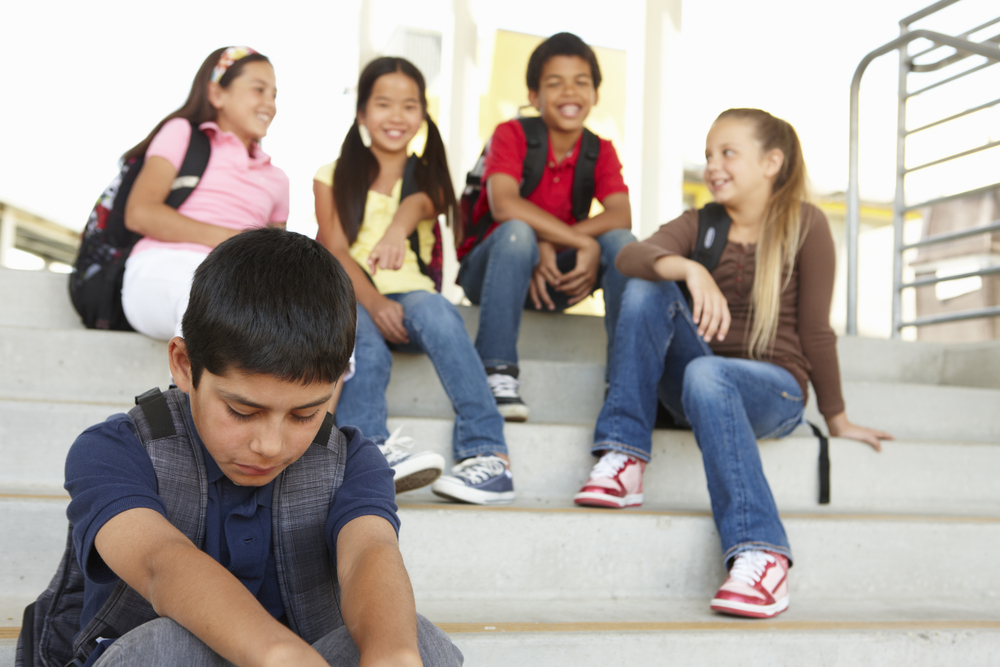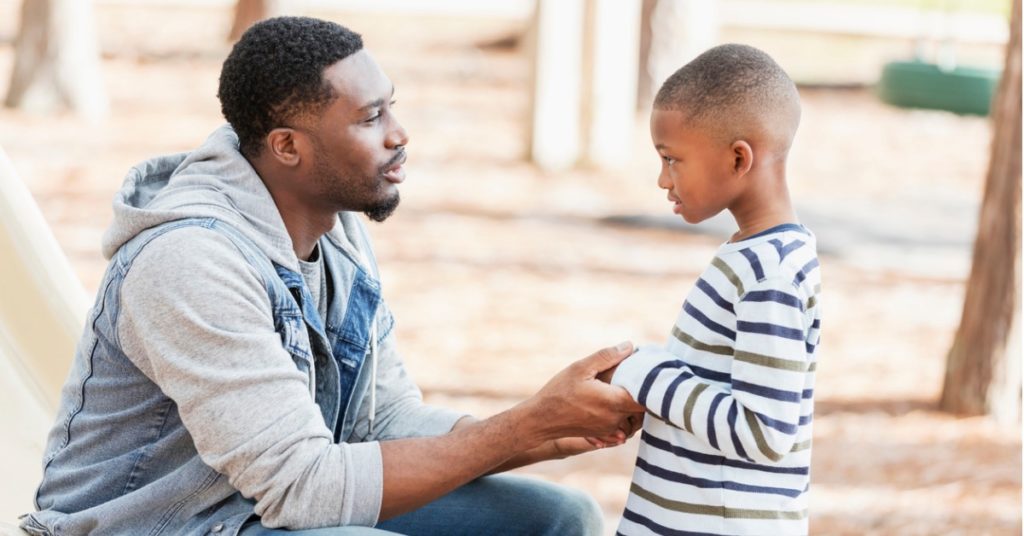Identifying, Intervening, Surviving, and Preventing Bullying Series:
Part 6
Adults need to intervene to help stop and prevent bullying – it’s too important not to. Although bullying happens frequently, children don’t often report bullying and the consequences are too great to allow it to continue unchecked. Bullying is no longer simply a case of playground harassment or whispering behind each other’s backs. Bullying is now recognized as a significant contributor to youth violence, including homicide, suicide, and “bullycide”, the label now applied to children who commit suicide to escape being bullied.
Why Adults Need to Intervene
While there is no formal system for tracking suicides related to bullying, suicide is the 4th leading cause of death in adolescents. There are many other consequences of bullying that make adult intervention essential:
- Depression
- Low self-esteem
- Anxiety
- Social isolation
- Loneliness
- Physical illness such as headaches, stomach aches
- School absenteeism and subsequently poor academic performance
- Possible violent behavior in retaliation
 In other words, the consequences suffered by victims, both in the short term and long term, are too great to ignore. We can no longer hope the situation will get better on it’s own when a child is being bullied. Recall that a previous post informed us that children won’t often tell us they are being bullied so we must be alert to the signs.
In other words, the consequences suffered by victims, both in the short term and long term, are too great to ignore. We can no longer hope the situation will get better on it’s own when a child is being bullied. Recall that a previous post informed us that children won’t often tell us they are being bullied so we must be alert to the signs.
In fact, there are a lot of things happening in children’s lives that they might not tell us, including about their own online behavior, even being a victim of cyberbullying. According to a McAfee study, “teens are hiding porn, cheating at school, hacking into others’ social media accounts, sharing sexy photos and cyberbullying.” By closing browser windows when parents enter the room, deleting items on the computer or phone, or clearing their web browsers, kids are keeping parents in the dark. So parents have to be alert to signs that their children are doing things online they shouldn’t or being victimized online.
How to Act Effectively
It’s easy to know WHY there is a need for intervention, but the HOW to intervene gets a little more complicated. Whether dealing with bullying or cyberbullying, there are definite steps adults and children can take to intervene appropriately:
- Remember school is a place to learn about social skills and social relationships as well as academics. In other words, some social behavior such as teasing and whispering or choosing one friend over another is actually good for children to experience. We may naturally want to protect our children from hurt feelings and suffering, but we need to ask ourselves first and foremost, “is the behavior my child describing actually bullying?” If it’s not, it’s a great time to have a conversation with your child about social skills, relationships, and treating people right. If it is, then it is time to act accordingly.
- Talk to your child. Ask questions and listen! Find out the details and document the events and any evidence and witnesses. Help your child research and practice strategies to deal with bullies effectively. Ignoring the bully or allowing the bullying to continue will not make it stop. Learning social skills and resistance strategies and telling safe adults who will act are important actions your child needs to understand. Teaching your child to be his or her own advocate is the best strategy for their success now and in the future. Here’s what to do if your child does disclose that they are being bullied:
-
- Remain calm. Support your child and find out more about the bullying. It’s important not to ignore the bullying or tell your child to ignore it. This sends the message that bullying is okay.
- Remind your child that the bullying is not their fault and no matter what your child does, he or she does not deserve to be bullied.
- Be cautious about telling your child to fight back as it could backfire. It is better to help them learn non-violent methods for standing up for themselves.
- If your child begs you not to talk to anyone at school about the bullying, you can say, “What is happening to you is wrong and is against the school’s rules and has to stop. We promise to do all that we can to make things better for you, not worse.” Never promise kids that you will not tell the school staff if you plan to do so.
- Expect the bullying to stop and talk often with your child and their teacher to make sure this happens.
- Become a partner with the school. If your child finds they cannot handle the bullying on their own, or if the bullying causes physical injuries, the school must become involved. Many times the initial contact with a school about potential bullying is adversarial, but your child will benefit more if you reach out to the school in an inquiring and positive manner, rather than with an accusatory and negative approach. Do not talk to the parents of the child who bullied your child. Let school staff handle it. Explain to the school the situation as you know it and the strategies you have already tried to stop the behavior. Ask for a meeting with the administration, teachers, and/or counselor and brainstorm solutions and next steps together. Included in those steps needs to be identifying safe adults that your child can go to if the bullying continues or escalates, and the assurance that retaliation by both the original bully and/or his or her friends for reporting will not be tolerated.
- If the school doesn’t respond appropriately, seek additional help from the district and, if needed, law enforcement. If you find these steps do not solve the problem, reach out to additional contacts within the school district such as student support services, the office of safe schools, or even the superintendent’s office if needed. Additionally, if the bullying involves a physical assault and documented injuries, seek medical care and contact law enforcement.
- Seek counseling and other sources of support for your child. Many times bullies target kids who are socially isolated and don’t have a lot of friends or support. If your child has been bullied for a while, their self-esteem might be low and they may have difficulty making friends. Seek the advice of a counselor with experience in this area who can help your child learn to feel better about themselves as well as learn how to function better in social environments. You can also seek out peer support for them through clubs and groups.
- Lastly, if your child is being cyberbullied you will need to take additional steps to ensure their safety. If your child is a target of cyberbullying, respond swiftly and appropriately. First and foremost, do not take their technology away. This is a frequent response by parents in an effort to protect their child, but it is only punishing them further. Instead, help them understand it is best not to respond. You should document the cyberbullying and reach out to the school to ask for help intervening. If the school is unwilling, or if they are unsuccessful, contact law enforcement.
No matter the type of bullying, schools need to be involved in prevention as well as intervention. In most states, schools are bound by law to report and intervene in bullying situations, but they should do more than that. They need to be alert to signs of pre-bullying behavior, teasing, and harassment. They also need to teach kids empathy and good social skills in an effort to prevent bullying. Helping peers relate better is a skill that will not only prevent bullying, but will serve children well throughout their lives. And of course good old-fashioned supervision is also necessary. We know most bullying occurs in places where supervision is low and social interaction is high, such as playgrounds, cafeterias and bathrooms, so schools need to increase supervision in these areas.

MBF Prevention Education Programs are comprehensive, age-appropriate prevention programs for children and teens. Our programs are evidence-based/evidence-informed and include: MBF Child Safety Matters® for elementary schools, MBF Teen Safety Matters® for middle and high schools, MBF Athlete Safety Matters® for youth athletes, and MBF After-School Safety Matters™ for youth-serving organizations. The programs teach kids the MBF 5 Safety Rules to help them prevent, recognize, and respond appropriately to bullying, cyberbullying, digital dangers, the four types of child abuse (physical, emotional, sexual, and neglect), exploitation, and human trafficking.
Be a Safe Adult
By intervening in bullying and other types of child victimization, you are being a Safe Adult. Every child needs adults in their life they can talk to if they have been hurt or are concerned about their safety. They need adults they can trust to help keep them safe. And their Safe Adults need to know how to help if a child ever comes to them to report they have been harmed. As a Safe Adult, you can also use the 5 Safety rules to protect children and help prevent child victimization. Review the 5 Safety Rules to learn how you can be a Safe Adult:
Additional Resources on Bullying:
How is Bullying Different in Younger vs. Older Grades
Cyberbullying – When Peers are Predators
Signs Your Child May Be the Target of Bullying
Why Children Become Bullies and Why They Target Certain Kids
Bully Bystander: How and Why Other Students Should Intervene
Categorized in: Blog, Bullying, Cyberbullying


